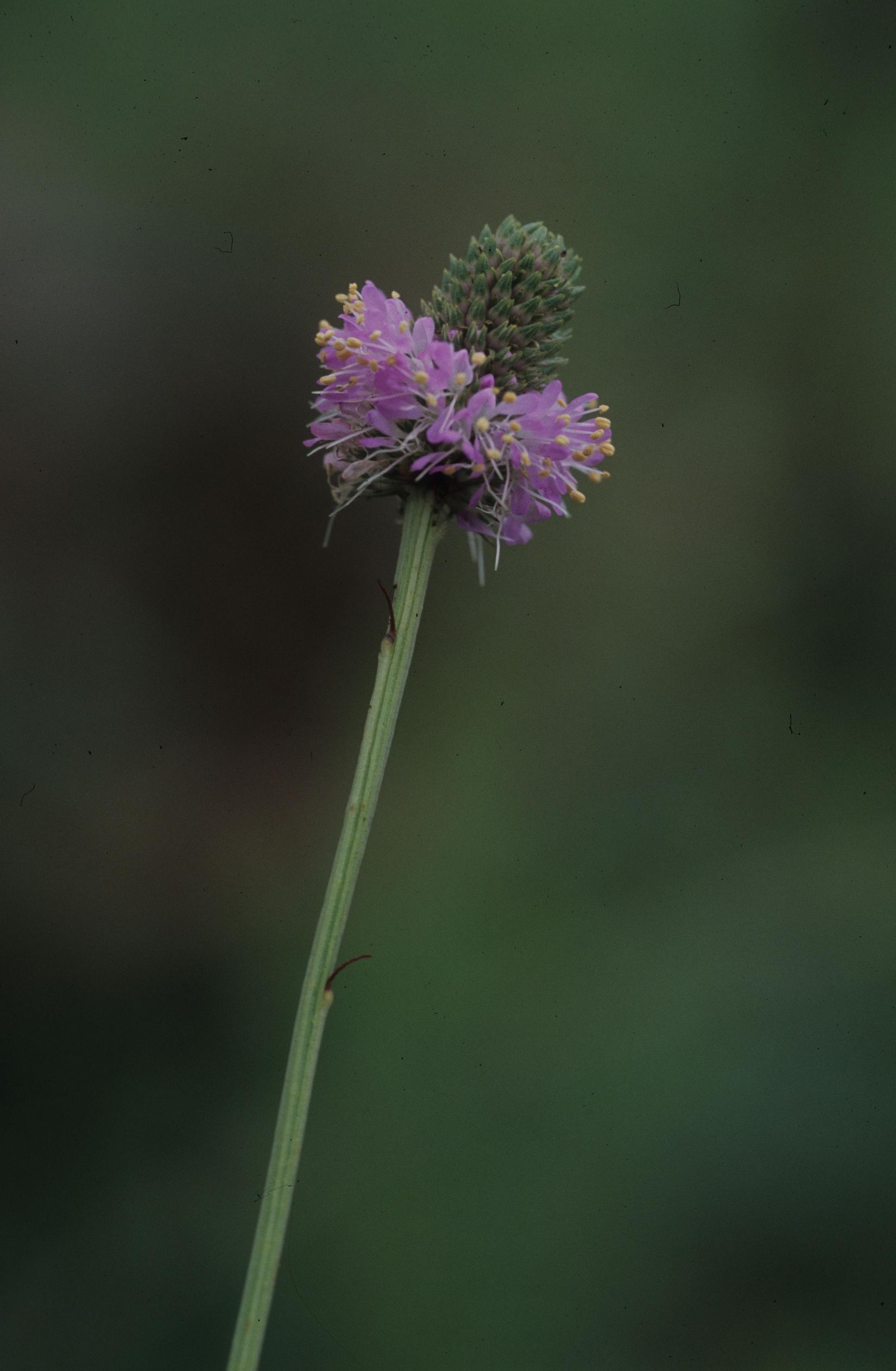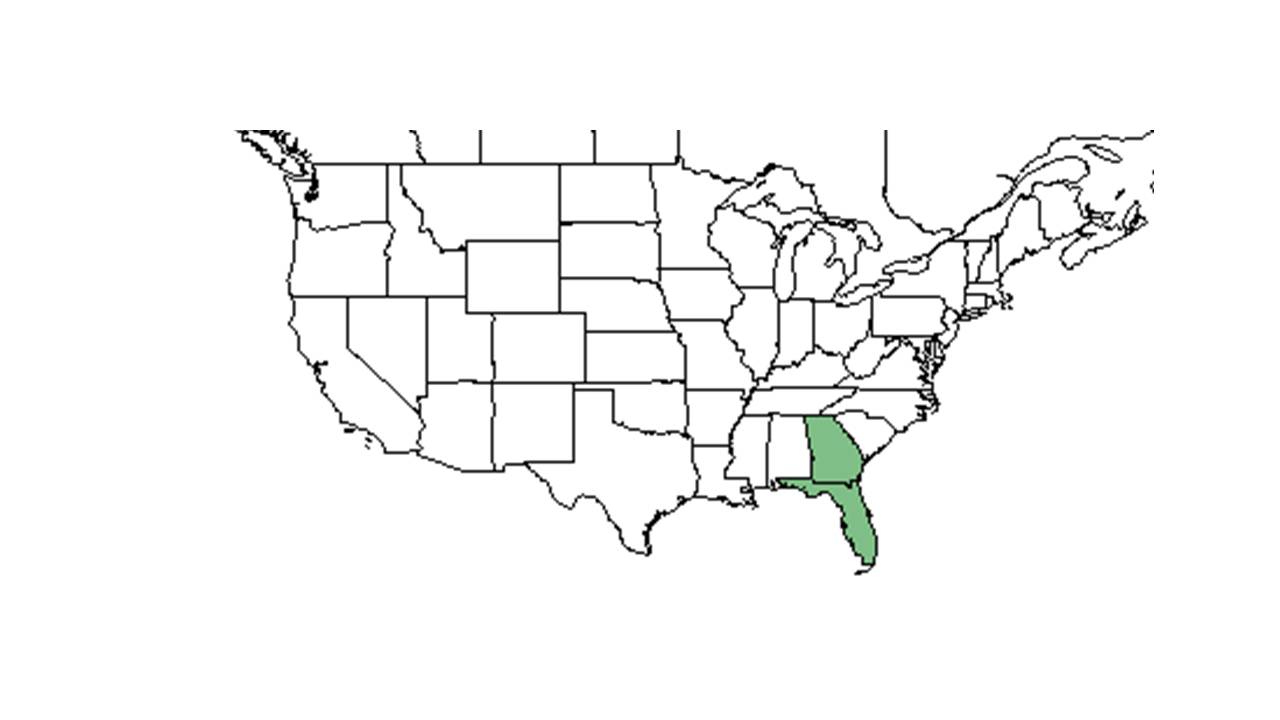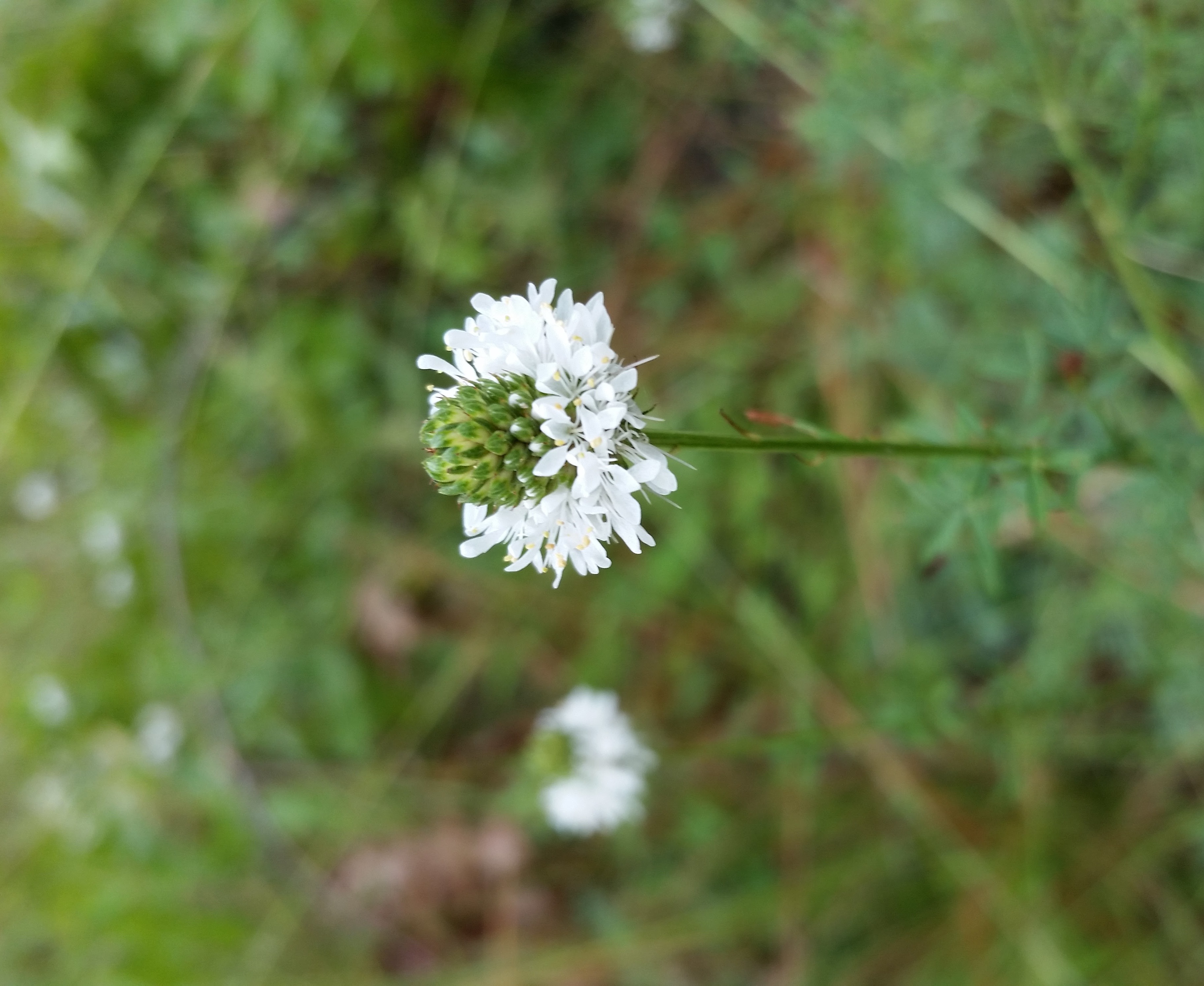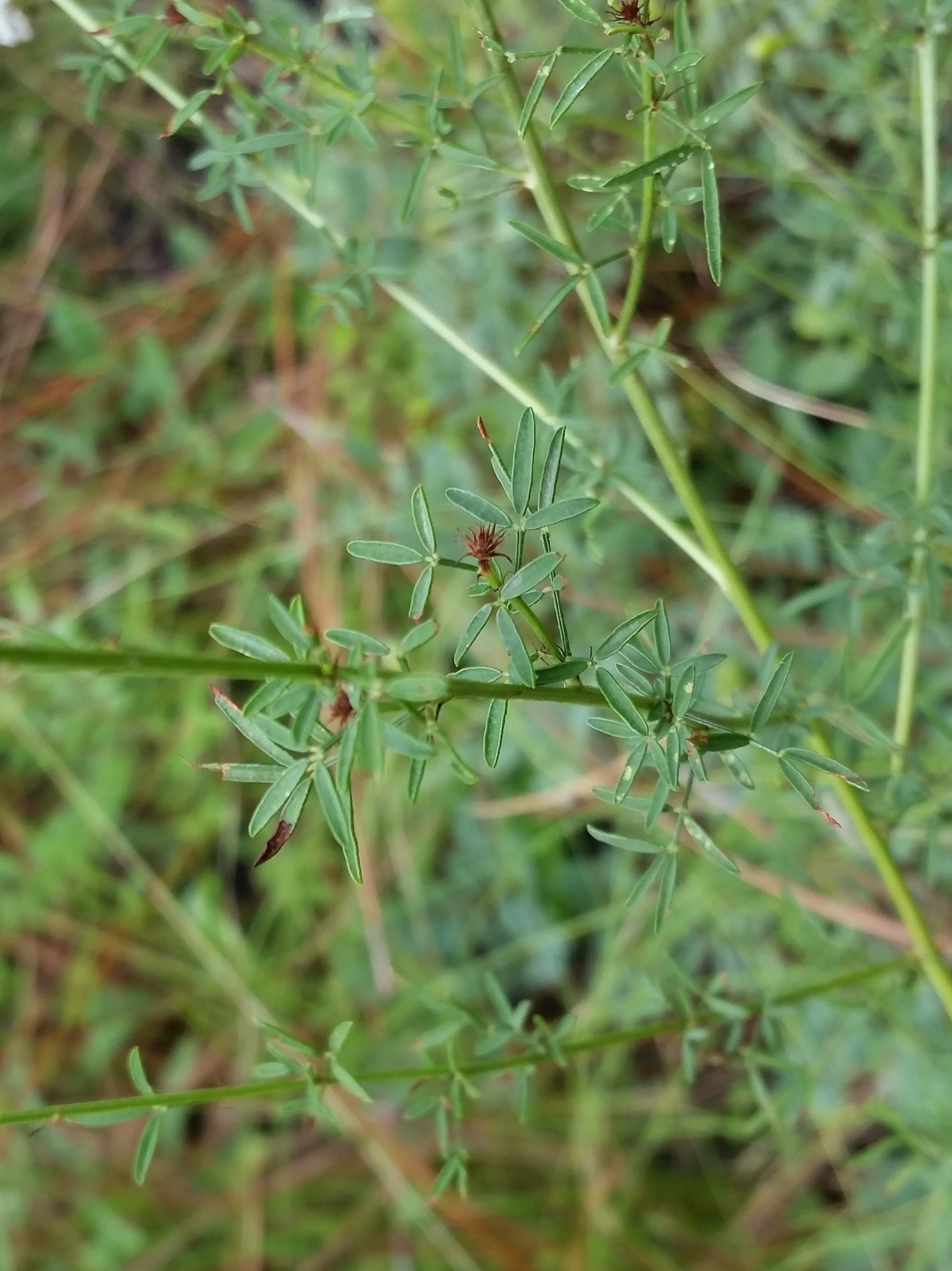Difference between revisions of "Dalea carnea"
Laurenloria (talk | contribs) |
(→Distribution) |
||
| Line 30: | Line 30: | ||
==Distribution== | ==Distribution== | ||
| + | ''D. carnea'' occurs from central Georgia south to southern peninsular Florida.<ref name="USDA">USDA NRCS (2016) The PLANTS Database (http://plants.usda.gov, 02 February 2018). National Plant Data Team, Greensboro, NC 27401-4901 USA.</ref> | ||
| + | |||
==Ecology== | ==Ecology== | ||
===Habitat=== <!--Natural communities, human disturbed habitats, topography, hydrology, soils, light, fire regime requirements for removal of competition, etc.--> | ===Habitat=== <!--Natural communities, human disturbed habitats, topography, hydrology, soils, light, fire regime requirements for removal of competition, etc.--> | ||
Revision as of 16:35, 2 February 2018
| Dalea carnea | |
|---|---|

| |
| Photo was taken by Gil Nelson | |
| Scientific classification | |
| Kingdom: | Plantae |
| Division: | Magnoliophyta - Flowering plants |
| Class: | Magnoliopsida – Dicotyledons |
| Order: | Fabales |
| Family: | Fabaceae ⁄ Leguminosae |
| Genus: | Dalea |
| Species: | D. carnea |
| Binomial name | |
| Dalea carnea (Michx.) Poir. | |

| |
| Natural range of Dalea carnea from USDA NRCS Plants Database. | |
Common name: Whitetassels
Contents
Taxonomic notes
Synonyms: Dalea carnea (Michaux) Poiret var. carnea; Petalostemon carneus Michaux
There are three varieties. Dalea carnea var. gracilis and D. carnea var. alba have white flowers, while Dalea carnea var. carnea has pink flowers. The most widespread variety is D. carnea var. carnea.[1]
Description
Herbaceous plant with several elongate, radiating branches spreading through grasses, not erect. Decumbent. It has a turbinate lignotuber.[2]
Distribution
D. carnea occurs from central Georgia south to southern peninsular Florida.[3]
Ecology
Habitat
It is found in wet pine flatwoods, edges of cypress swamps, edges of pine palmetto habitats, Longleaf pine uplands, and in dry pine woods and savannas. It is also found in human disturbed areas such as open fields, embankments, areas that have been logged and clear cut. Requires semi-shaded areas. It is associated with areas that have drying loamy sand, loose sand, where limestone underlies the surface in flatwoods, and well-drained slopes of Longleaf pine forests.[2]
Associated species includes Myrica cerifera, Eupatorium, Polygala, Clematis, Asclepias, Liatris, Indigofera caroliniana, cowpeas, and others.[2]
Phenology
It has been observed flowering from June to November with peak inflorescence in July.[2][4]
Seed dispersal
This species disperses by gravity. [5]
Pollination
Bumblebees and honey bees has been observed on D. carnea.[2]
Conservation and management
Cultivation and restoration
Photo Gallery
References and notes
- ↑ [[1]]Native Florida Wildflowers. Accessed: April 14, 2016
- ↑ 2.0 2.1 2.2 2.3 2.4 Florida State University Robert K. Godfrey Herbarium database. URL: http://herbarium.bio.fsu.edu. Last accessed: June 2014. Collectors: Allen G. Shuey, R.K. Godfrey, Richard D. Houk, P. Genelle, G. Fleming, Sidney McDaniel, R. Kral, Loran C. Anderson, Steve L. Orzell, O. Lakela, Edwin L. Bridges, Paul L. Redfearn Jr., Duane Isely, Don K. Wemple, Duane Isely, Don K. Wemple, A. F. Clewell, Robert Blaisdell, Wakulla, Cecil R. Slaughter, R. Komarek, Bill Boothe, Marcia Boothe, D. S. Correll, Robert L. Lazor, and Mark A. Garland. States and Counties: Florida: Brevard, Citrus, Clay, Collier, De Soto, Dixie, Hillsborough, Indian River, Lee, Pasco, Pinellas, Polk, Seminole, St. Johns, Taylor, Polk, Dixie, Leon, Gilchrist, Jefferson, Levy, Jackson, Calhoun, Wakulla, Wilson Baker, Liberty, Bay, Holmes, Santa Rosa, and Washington. Georgia: Charlton and Thomas. Alabama: Barbour. Mississippi: Jackson.
- ↑ USDA NRCS (2016) The PLANTS Database (http://plants.usda.gov, 02 February 2018). National Plant Data Team, Greensboro, NC 27401-4901 USA.
- ↑ Nelson, G. PanFlora: Plant data for the eastern United States with emphasis on the Southeastern Coastal Plains, Florida, and the Florida Panhandle. www.gilnelson.com/PanFlora/ Accessed: 8 DEC 2016
- ↑ Kirkman, L. Katherine. Unpublished database of seed dispersal mode of plants found in Coastal Plain longleaf pine-grasslands of the Jones Ecological Research Center, Georgia.

